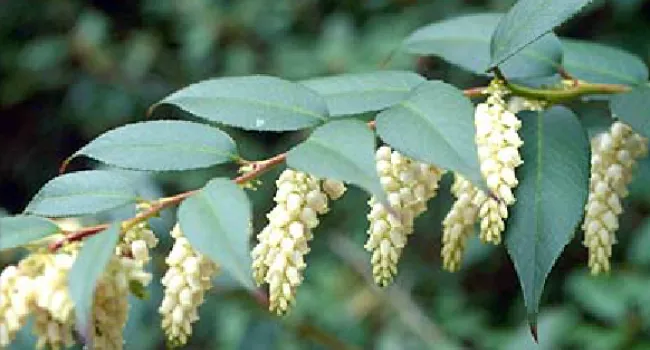
Photo
This evergreen shrubs forms dense thickets in ravines and along streams. The leaves are thick and leathery and the urn-shaped fragrant flowers bloom in early spring.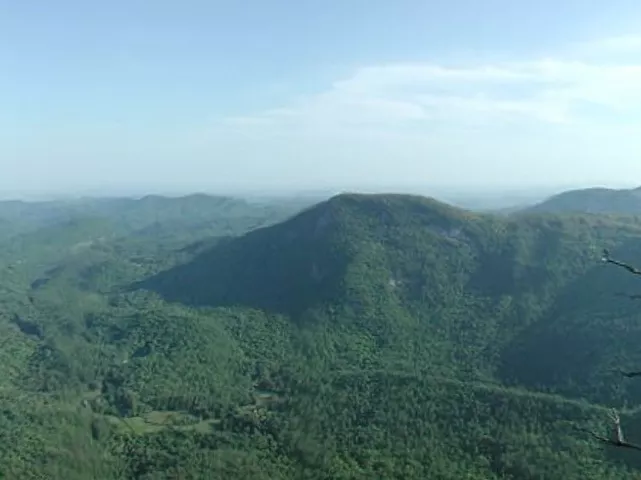
Cove forests are unique ecosystems found exclusively in North America, in the southern Appalachian Mountains of the United States. They are a special type of forest known as mixed deciduous, meaning that forest's trees lose their leaves in fall. Cove forests are restricted to mountain "coves," which are bowl-shaped valleys with very rich, fertile, damp soil. Many cove forests have streams wandering through part of the forest. The cove forests of the South exhibit the greatest plant and tree diversity of any forests in the United States.
The cove forests of South Carolina are restricted to the northwest portion of the state, extending from the north of Westminster to north of Greenville, Jones Gap State Park, Table Rock State Park, Oconee State Park, and Caesars Head State Park all contain cove forest communities. For more information, view the credits or find out how to plan a trip to a cove forest.
---
PLEASE NOTE:

Photo
This evergreen shrubs forms dense thickets in ravines and along streams. The leaves are thick and leathery and the urn-shaped fragrant flowers bloom in early spring.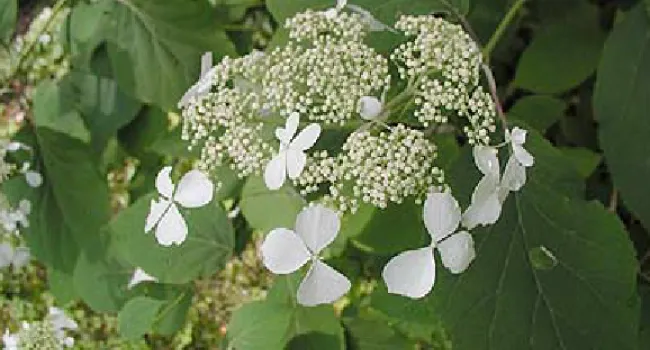
Photo
(Hydrangea radiata) This deciduous shrub with peeling bark on its stems occurs in open woods as well as along streams and in moist roadside areas. The flowers form dense clusters with showy white...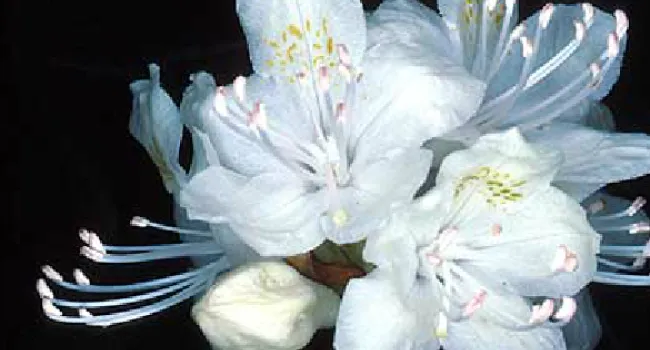
Photo
(Rhododendron maxiumum) This evergreen shrub or small tree forms dense thickets in cool, moist, partially shaded sites such as stream banks, ravines and mountain slopes. It has thick leathery leaves...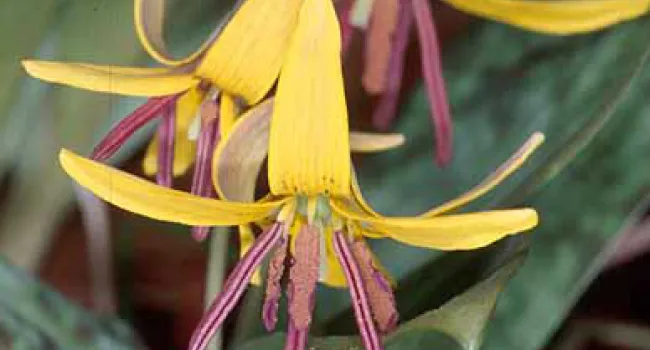
Photo
Trout lily has a very short growing season. Plants emerge in late winter-early spring as soil temperatures rise. A few weeks later, when the canopy trees leaf out, and the florest floor is in deep...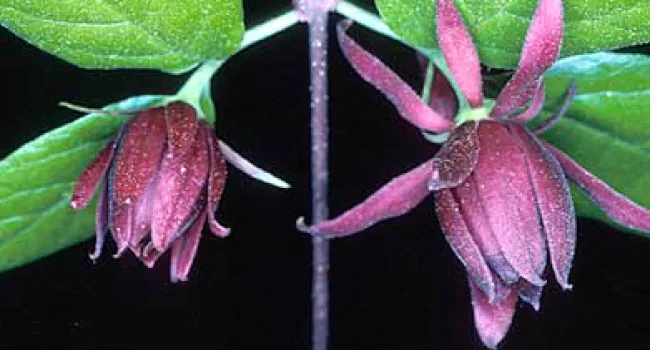
Photo
The common name of this deciduous shrub refers to its fragrant leaves, twigs, and flowers. It has distinctive maroon or brownish flowers that develop into large brown pods. White-footed mice often...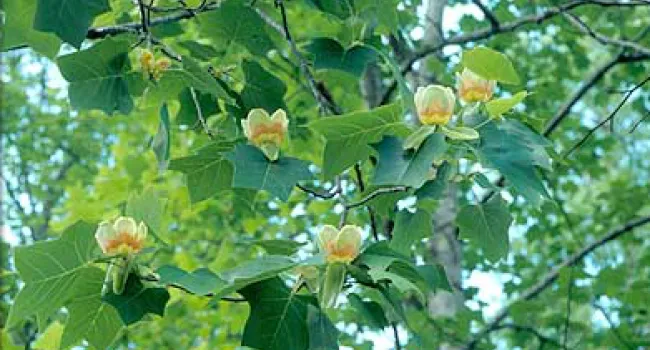
Photo
This large tree which can be found in forests, roadsides and fields has a straight trunk and large leaves with four sharp-tipped lobes. The greenish-yellow, cup-shaped flowers provide an important...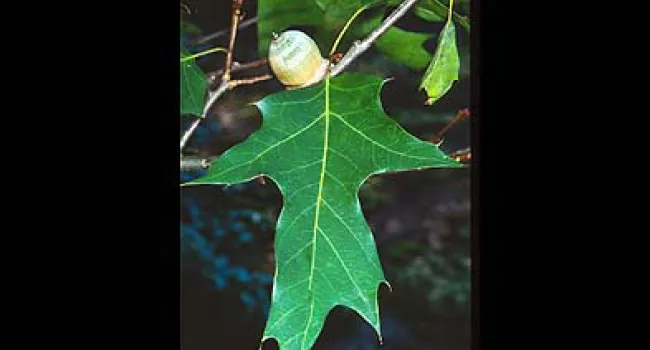
Photo
(Quercus rubra) Several species of oak can be found growing in the cove forest, and Red Oak is perhaps most frequently encountered. This tree has leaves with sharp lobes and bristles at the tips and...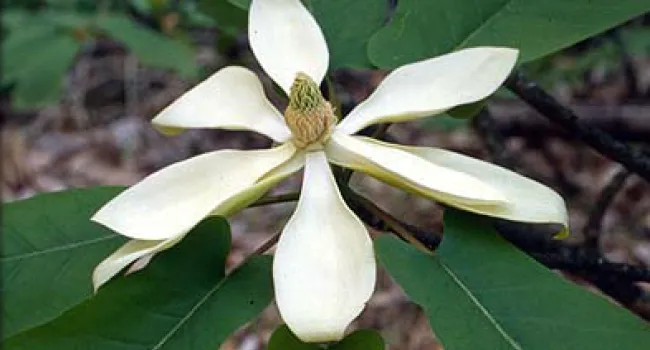
Photo
(Magnolia fraseri) This fast-growing tree with multiple stems, large deciduous leaves, and sweet-scented flowers, occurs in moist slopes and along streams. It is only found in the southern Appalachian...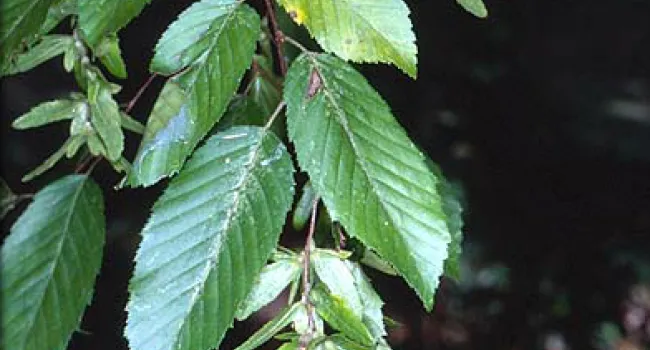
Photo
(Carpinus caroliniana) This slow-growing understory tree occurs along streams and in moist bottomland forests. Its wood is extremely hard and was used in the past for golf club heads, mallets and tool...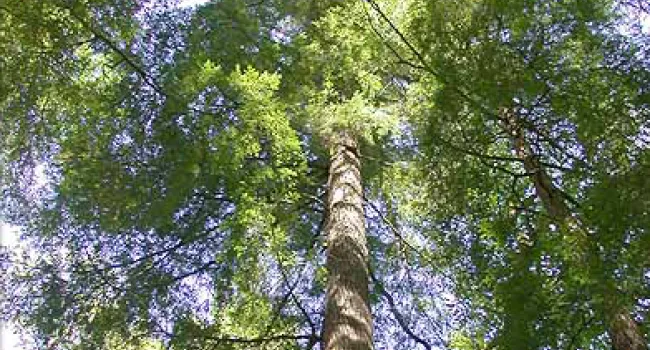
Photo
Almost all trees in cove forests are deciduous - that is, they drop their leaves in the fall and produce new ones in spring. The Canada hemlock, in contrast, is an evergreen - it retains its needle...